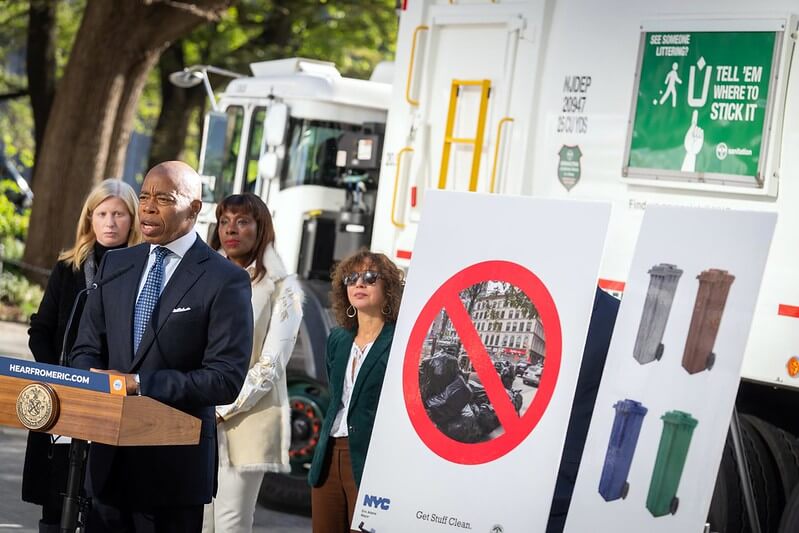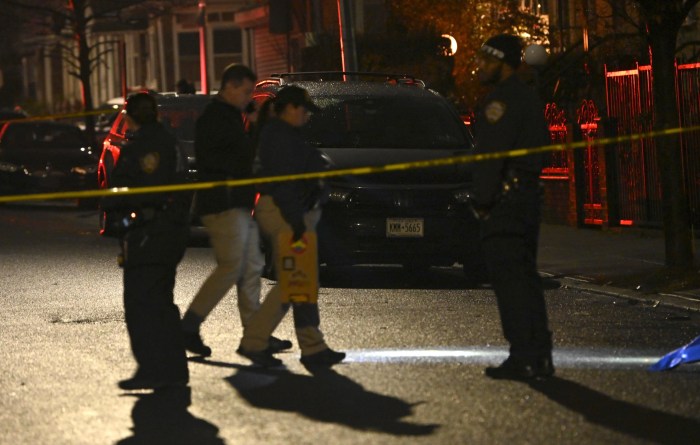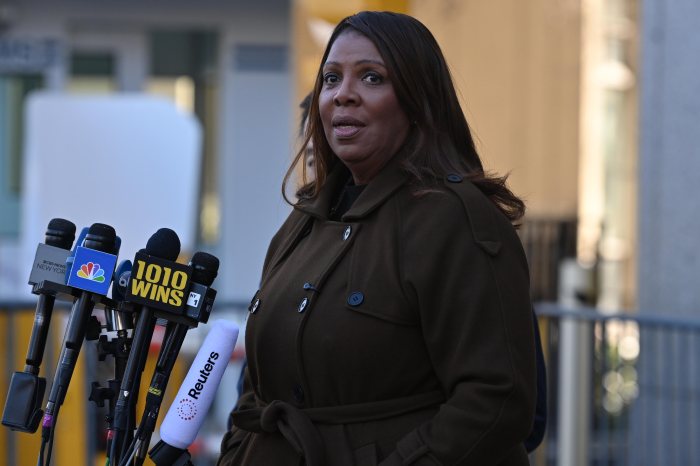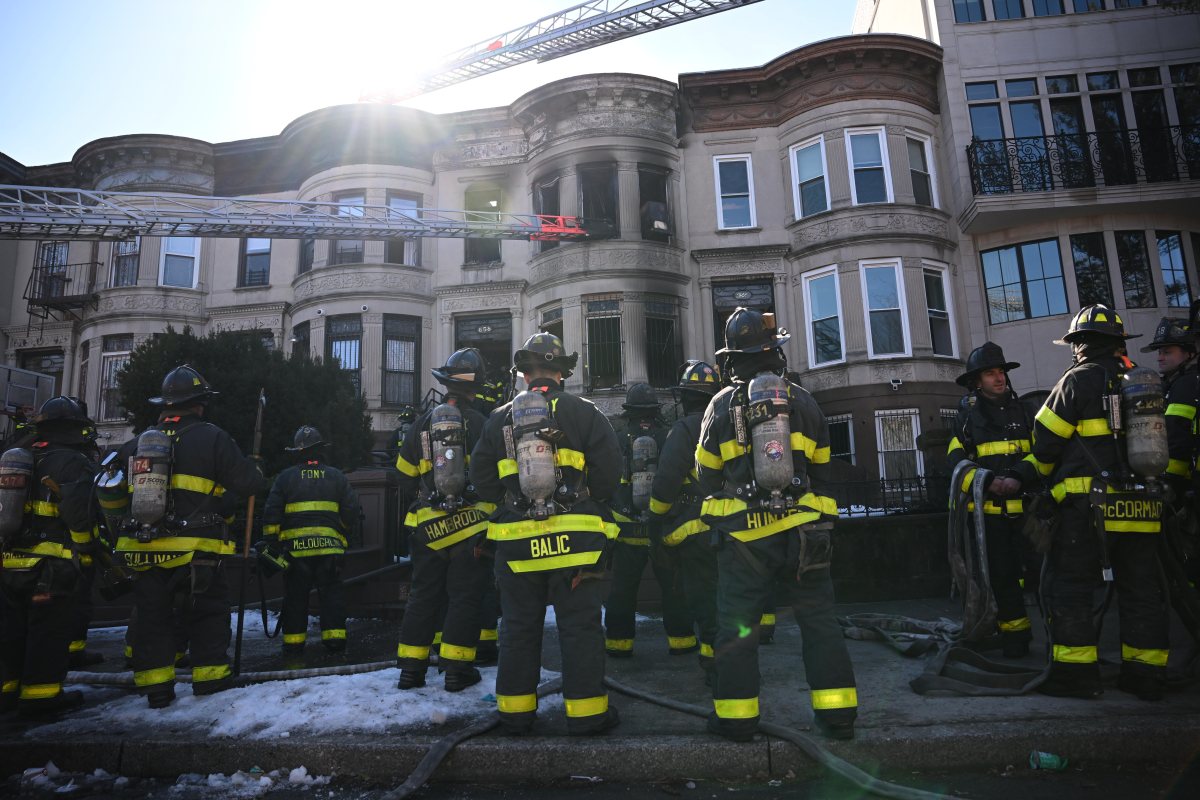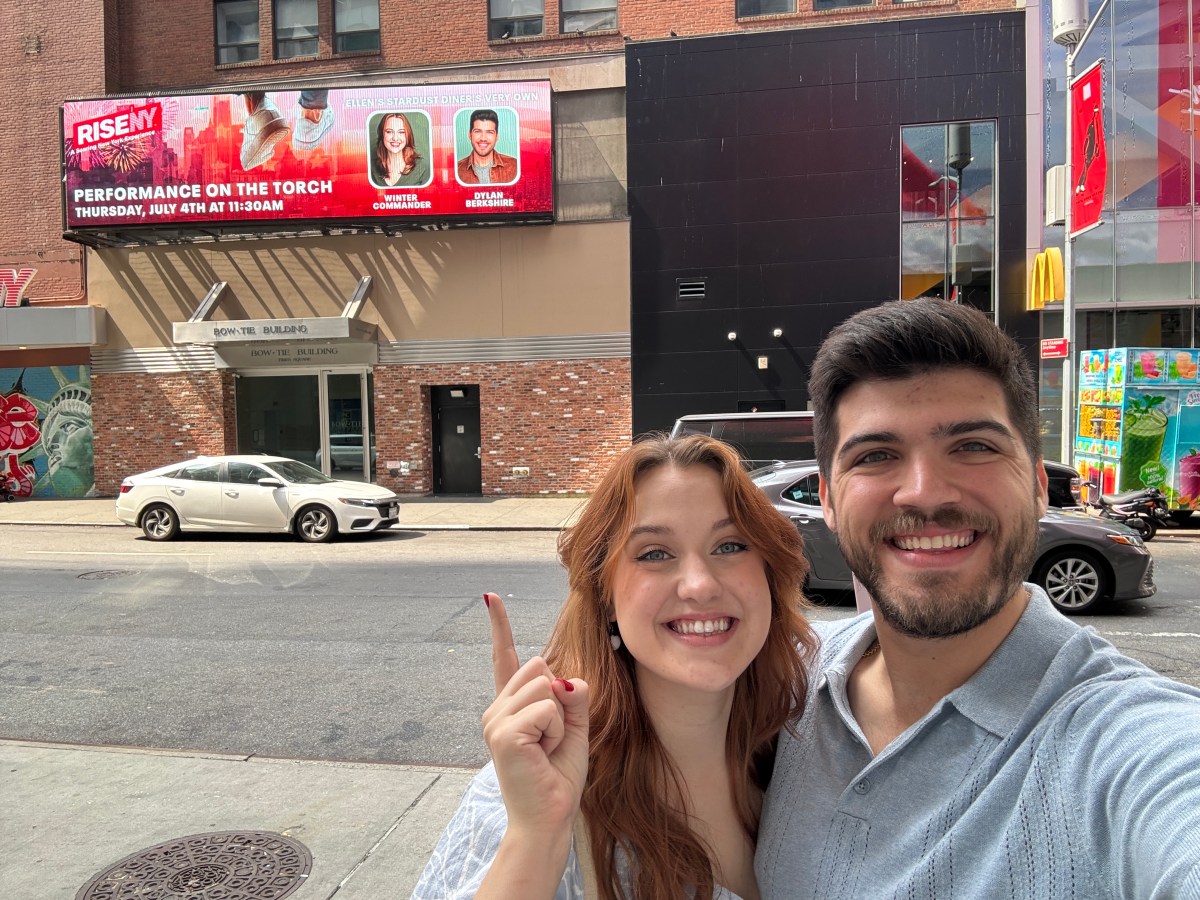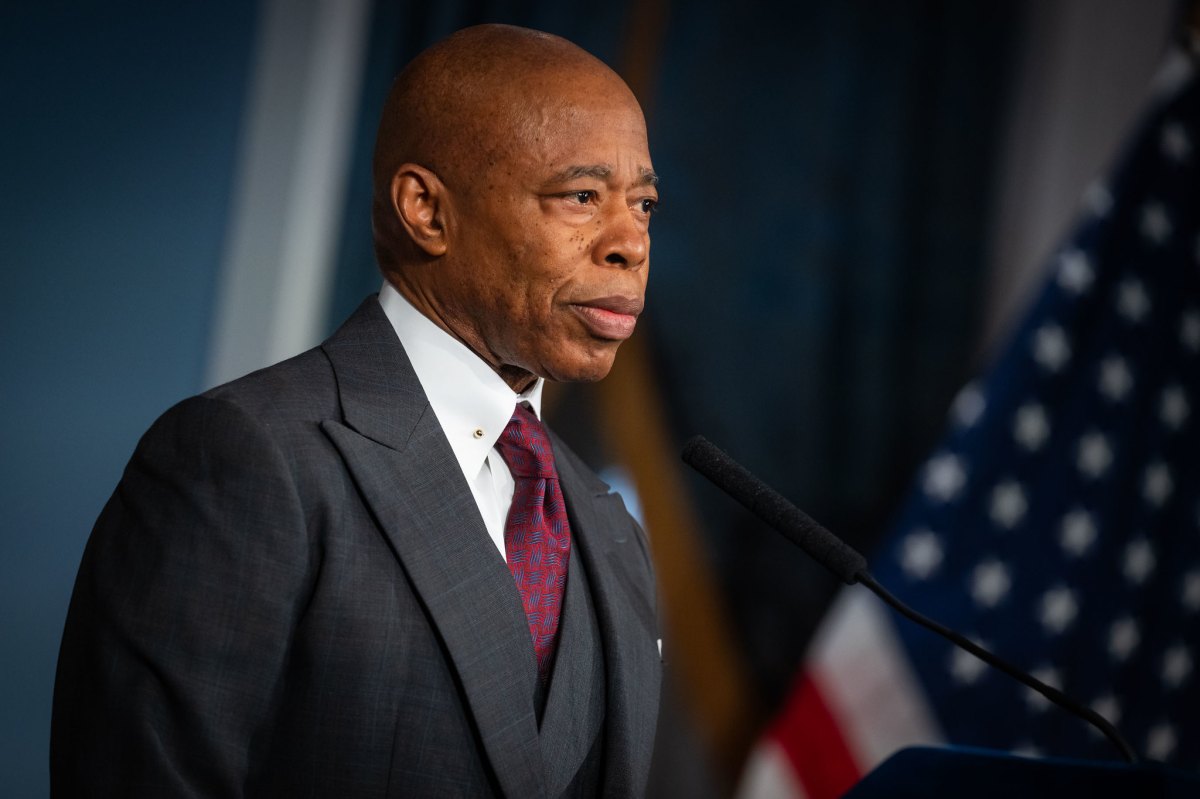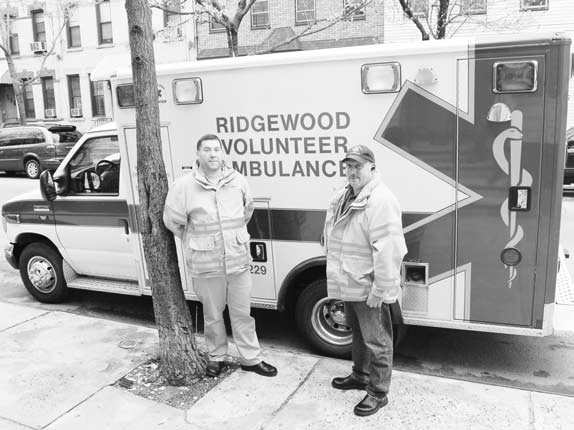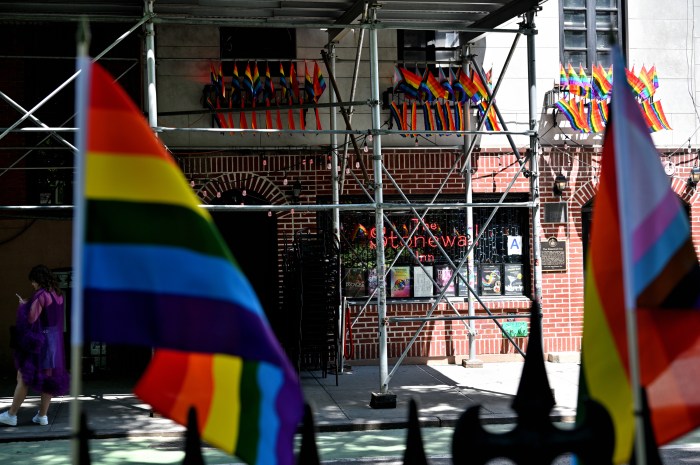Mayor Eric Adams moved a step closer to eliminating piles of unsightly black garbage bags from city sidewalks on Wednesday by announcing that the owners of small residential buildings must put their trash in secure wheeled containers starting next fall.
The rule would cover all buildings with nine or less units, accounting for 765,000 buildings across the five boroughs, according to City Hall. The administration is also putting out a request for proposals for vendors to design an official “NYC Bin,” which building owners subject to the rule would be required to purchase and use beginning in summer 2026.
The move is yet another phase of the city’s efforts to obliterate its rodent population, which feasts on food scraps found in black garbage bags, while also removing a common eyesore from its sidewalks. It follows the administration’s implementation of a rule last month that all food service operators must containerize their trash and a subsequent announcement that the mandate would be expanding to all businesses citywide.
The mayor, at a news conference unveiling the new rule outside City Hall on Wednesday morning, said containerizing the city’s garbage will bring it in line with many other cities around the world.
“We’re probably one of the last modern cities where you see trash bags sitting on its road,” Adams said. “We’re going to continue to evolve until you will see a city that the garbage is containerized. It’s good for aesthetics on how your city looks, it’s good for cleanliness, it’s good to fight rodents.”
Deputy Mayor for Operations Meera Joshi said the push to put trash in containers is part of retooling how the city uses its public spaces.
“We’re rethinking how we use our sidewalk space and how we use our curb space,” Joshi said. “For far too long, we’ve used our precious sidewalk space for trash and today marks an important step in containing that sprawl and bringing that real estate back to New Yorkers.”
Vendors looking to create the city’s new official trash bin will have to design them in various sizes in accordance with different building sizes and meet several specifications in their proposals, Sanitation Department Commissioner (DSNY) Jessica Tisch said. The criteria include that bins be rat resistant, aesthetically pleasing, easy for sanitation workers to handle and compatible with mechanized trash collection.
The price for the bins will be capped below retail rates, according to the mayor’s office, at no more than $50 for the most common varieties.
The waste containers will be picked up by garbage trucks that use mechanical lifts called “tippers” that dump their contents into the trucks’ collection areas, Tisch said. The method, which is meant to quicken trash collection and minimize the amount of waste that spills onto city streets, will mark a “major change” in how the city collects garbage.
The Sanitation Department will retrofit hundreds of its trucks to be compatible with the new bins, Tisch said.
The mayor’s quest to change the way garbage is collected began around this time last year, when he pushed set-out times back from 4 p.m. to 8 p.m. to reduce the amount of time it sat on the streets. As part of that rule, building owners who chose to containerize their trash can put the refuse out at 6 p.m.
The city will also be rolling out a plan to require the owners of larger residential buildings — of 10 units or more — to containerize their trash in the near future. But, unlike the owners of smaller buildings, those with larger properties will have to place their containers on the streets rather than the sidewalks, which will mean repurposing many parking spaces.
In response to a reporter’s question about how the mayor would go about converting parking spots to trash collection areas, he expressed confidence that New Yorkers would support the change. He pointed to a program in Harlem where 10 residential blocks and 14 public schools are piloting the use of parking spots for containerized trash.
“You are clearly hearing from everyday New Yorkers, they’re tired of the rodents, they’re tired of the trash,” he said. “And this is a small price to pay on ensuring that you can have cleaner streets. And I hear that more than anything. I hear cleanliness of our streets is at the top of the list with public safety of our streets. And so we know it is going to be a conversation with the local community boards, civic groups, block associations, but this is a transformation that is ready in this city.”
But while some advocates have cheered on the mayor’s pilot program, they also expressed concern that Wednesday’s announcement involved only sidewalk trash collection and did not include repurposing parking spaces. Sara Lind, executive director of Open Plans, said in a statement that the city should be utilizing the curb for trash pickup rather than “already scant” sidewalk space.
“Everyone throws out trash in New York, but less than half of us own cars,” Lind said. “There are over 3 million free parking spots in New York City — a very inefficient use of very valuable public space … We know DSNY will continue to iterate on these programs and we hope curb reform becomes a viable, central component for all types of containerization across the city.”



